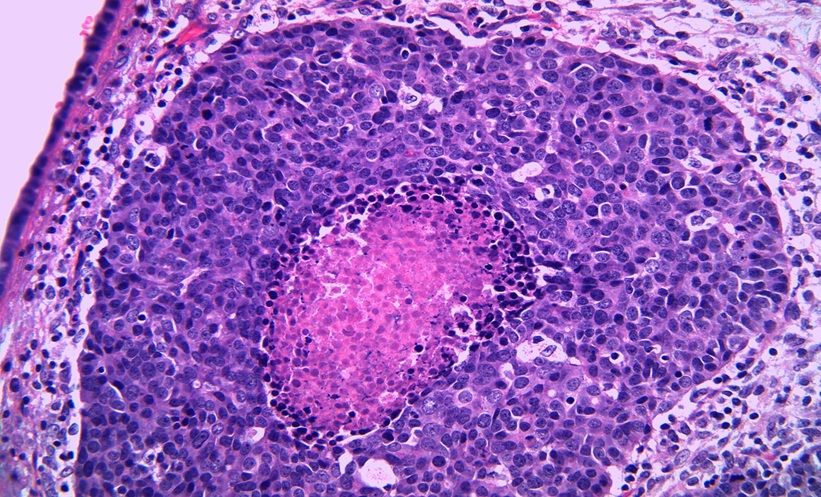The authors performed a retrospective analysis of 284 patients treated with radical cystectomy and lymphadenectomy (LAD) for bladder cancer to assess the differential association of the extent of LAD with perioperative complications and re-hospitalisation. Three LAD templates were defined: limited (lLAD: external, internal, iliac, and obturator), extended (eLAD: up to the crossing of ureter and presacral lymph nodes), and super-extended (sLAD: up to the inferior mesenteric artery). The results showed that sLAD leads to a higher lymph node yield and N2/N3 rate but not to a higher complication rate compared to lLAD and eLAD (all p>0.05).
Current evidence supports the adoption of extended pelvic and iliac lymph node dissection as it identifies more lymph nodes and therefore increases the sensitivity for identification of pathologic lymph node metastasis.1-3 However, whether the extent of LAD is associated with improved survival is still under debate. Only one randomised trial has been published so far,4 and it showed no statistical difference in 5-year recurrence-free survival between 433 patients randomised to standard LAD or eLAD. Moreover, as in the authors’ study, no difference in complication rates could be observed.
In the past decades, the introduction of novel surgical techniques and improvements in the perioperative management of patients (i.e., enhanced recovery after surgery protocols) have improved perioperative outcomes of patients. However, these have not affected oncologic outcomes or survival.
Bladder cancer is a highly heterogeneous disease. Assessing survival differences considering only the extent of the lymphadenectomy leads inevitably to negative findings. Moreover, the difference in survival in patients treated with standard LAD and eLAD as shown by the current literature, is too small to be assessed in a clinical trial with a reasonable number of patients. The importance of sLAD relies not on disease control and improvement of survival, but much more upon accurate staging. Indeed, with the advent of novel adjuvant systemic therapies, precise nodal staging will play a crucial role in a patient’s counselling and clinical decision-making.








